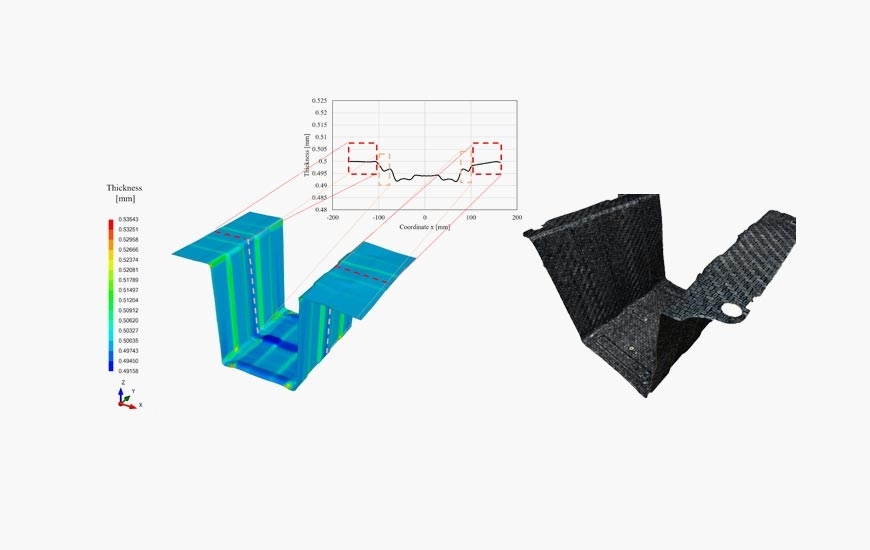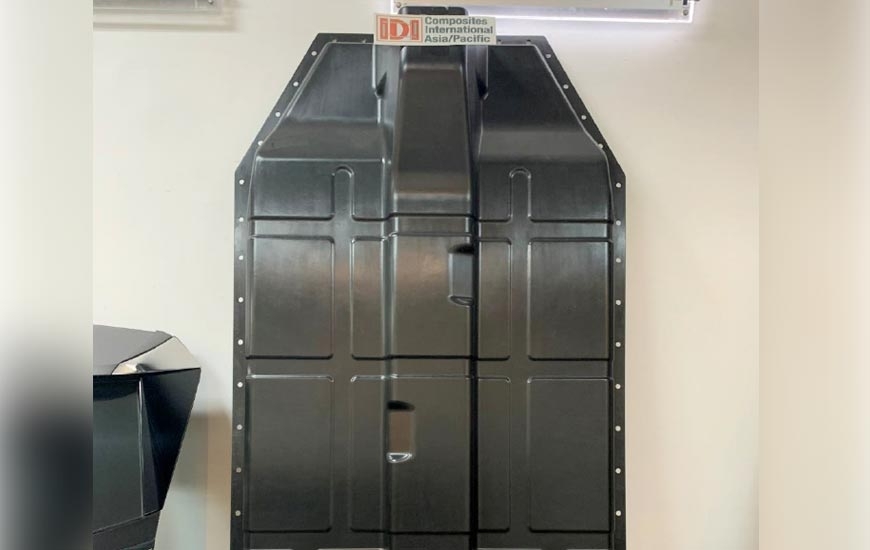by ANTONIOS G. STAMOPULOS*
In general, composite materials are known for their superior strength-to-weight ratio that contributes to the development of sophisticated lightweight structures. For instance, in the aeronautical sector, which was the main industrial sector to adopt them as the primary material, the newest generation of airplanes consist of composite materials of more than 50%.
It is widely known though, that the automotive industry did not follow up the same logic, especially because of the high production costs of the thermoset-based composites and the different objectives it has, such as mass production, less critical structures, difficulty on the handling of prepregs etc. The composites, still, cost more than a conventional material, especially due to the costly manufacturing processes applied on them.
In the past few years though, there has been reported an increasing interest and research towards the implementation of thermoplastic-based solutions. The background of this decision lies on the fact that thermoplastics have always been used in this sector, they are highly recyclable and have less demanding storage conditions.
Most of all, they can be produced in the form of semi-finished products and be re-elaborated. This fact is crucial as, from the past few years, new parameters have entered in the equation: electrification (demanding battery trays as seen in the PICTURE 1), increment of the energetic efficiency of the vehicle and sustainability of the structures with closed-loop life cycles.
According to Stratview Research, until 2019, there were 3 main applications of composites in the field: the underhood, the interior and exterior parts, each and every of them requiring different properties and characteristics. Therefore, the world needs more composites but more sustainable and eco-friendlier in low-cost production chains and multifunctional. Potentially, the thermoplastic composites, in various forms, may respond well to that demand.
Among the most promising processes, the thermoforming is catching up, either in the form of hot-stamping or draping. Consisting of 3 main steps, namely the heating up of a composite plate up to a certain temperature, the stamping, and the cooling down process. Regarding the use of stamping tools and the increasing cost of their design and production, new simulation software and techniques have been developed that allow the virtualization of the development of the dies and the identification of critical zones and defects.
An example is given in the PICTURE 2 in which an automotive box shaped part with almost lateral walls is simulated accurately by the research group of University of L’Aquila.
By the simulation of the process, some crucial information may be obtained that enable the implementation of composite structures, fabricated in lower cost. Needless to mention that the trial-and-error, expensive and time-consuming procedure may be excluded.
It is evident that the more the scientific and industrial community understands the processing and nature of the thermoplastic composite materials, the more steps forward will be achieved towards their implementation, especially, to the automotive sector. By digitalizing the processes, by creating simplified mechanical tests for analyzing faster with lower cost these materials as well as by performing honest research, the composite materials may be the solution to many problems that have risen within the past few years.
* Dr. Mechanical and Aeronautical Engineer/RTD/Lecturer
Department of Industrial and Information Engineering and Economy (DIIIE)
University of L’Aquila
-

-
10 June 2022























